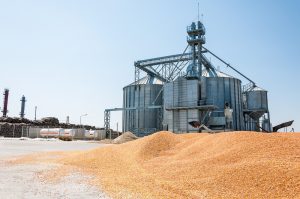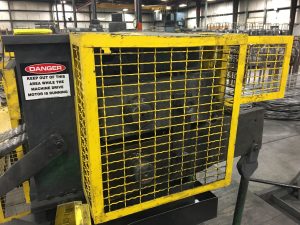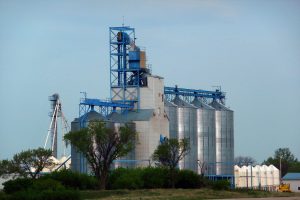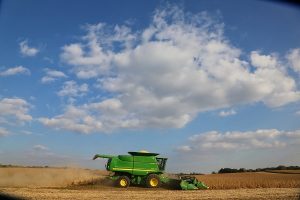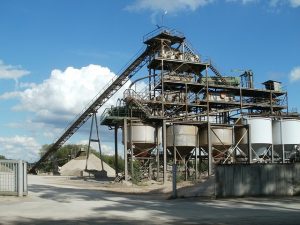
Winter safety is paramount as it can be dangerous to work outside in cold weather. Apart from an increased risk of conditions like frostbite, hypothermia, and dehydration, you will also more prone to slipping and other accidents. Fortunately, the dangers can be curbed with the right precautions.
Here are tips on how to keep yourself safe this winter:
- Wear the right clothing
Dressing in layers will prevent your body from losing heat and will protect your skin from cold outside air. The right clothes include jackets, shirts, innerwear, and footwear. Make sure that your gloves and socks are comfortable and do a good job at warming your fingers and toes respectively. The toes and fingers are prone to the side effects of frostbite, so they need a lot of protection. For your headgear, winter safety gear requires that you choose something that covers both your head and your ears.
- Keep yourself properly nourished
Fats and carbohydrates are burned by your body to produce heat, so consuming them will be very helpful during cold weather. It may not seem like it, but cold weather also causes your body to lose fluids fast, increasing your risk of dehydration. It is, therefore, important that you drink enough fluids before working outside.
- Take a break
Continuous exposure to the cold can be harmful, so do take occasional breaks. Perform warm-up activities when you can to help your body produce heat. Winter safety best practices also require you to rest to keep you alert and ready to face the dangers outside.
- Keep a safety kit nearby
In case of emergencies, make sure you have a safety kit made for cold weather. This is especially ideal if you work on the road. The kit should contain essentials like blankets, matches, and candles. These items should help you keep warm for a set period of time.
Working outside during the cold can be dangerous, so it’s important that you’re prepared for it. Dress properly, eat healthy, and have the right items close to you to ensure that you are always safe .




